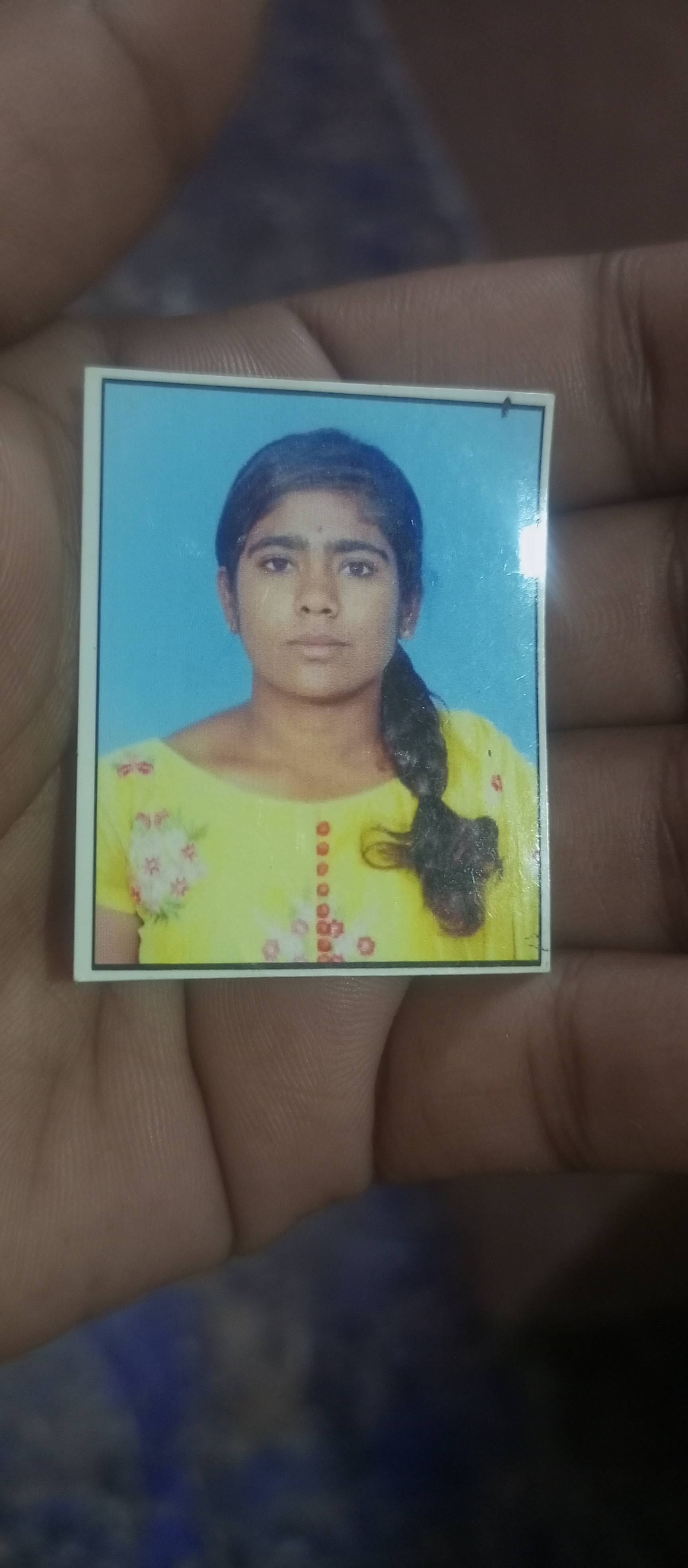Explain the role of covalent and non covalent bonds in protein structure
Proteins are macromolecules composed of long chains of amino acids, and their structure is critical to their function. The arrangement of atoms within a protein is stabilized by various types of chemical bonds, including both covalent and non-covalent bonds. These bonds play essential roles in determining the overall structure and stability of proteins. Let's delve into each type:
-
Covalent Bonds:
- Peptide Bonds: Peptide bonds are covalent bonds that link amino acids together in a protein chain. During protein synthesis, a condensation reaction occurs between the carboxyl group of one amino acid and the amino group of another, resulting in the formation of a peptide bond and the release of a water molecule. This bond forms the backbone of the protein and provides structural stability to the linear polypeptide chain.
-
Non-Covalent Bonds:
-
Hydrogen Bonds: Hydrogen bonds are formed between the partially positive hydrogen atom of one molecule (often an amino or carboxyl group in a protein) and the partially negative atom of another molecule (usually oxygen or nitrogen). In proteins, hydrogen bonds play a crucial role in stabilizing secondary structures such as alpha helices and beta sheets, as well as in mediating interactions between different regions of the protein.
-
Ionic Bonds: Ionic bonds are formed between charged amino acid side chains (e.g., positively charged lysine or arginine and negatively charged aspartate or glutamate). These bonds are relatively strong and can contribute to the stability of protein structures, particularly in regions with high local charge density.
-
Van der Waals Interactions: Van der Waals interactions are weak attractions between non-polar molecules or regions of molecules due to temporary fluctuations in electron density. In proteins, these interactions contribute to the packing of non-polar side chains in the protein core, helping to stabilize the overall protein structure.
-
Hydrophobic Interactions: Hydrophobic interactions arise from the tendency of non-polar molecules to minimize contact with water molecules. In proteins, hydrophobic interactions drive the folding of the polypeptide chain into a compact, three-dimensional structure, with hydrophobic residues typically buried in the protein's interior away from the surrounding water.
-
These various types of covalent and non-covalent bonds work together to maintain the overall structure and stability of proteins, allowing them to carry out their diverse biological functions, including enzymatic catalysis, molecular recognition, structural support, and signal transduction.








Tags
Qualification
Course
Department
Stream
Subject